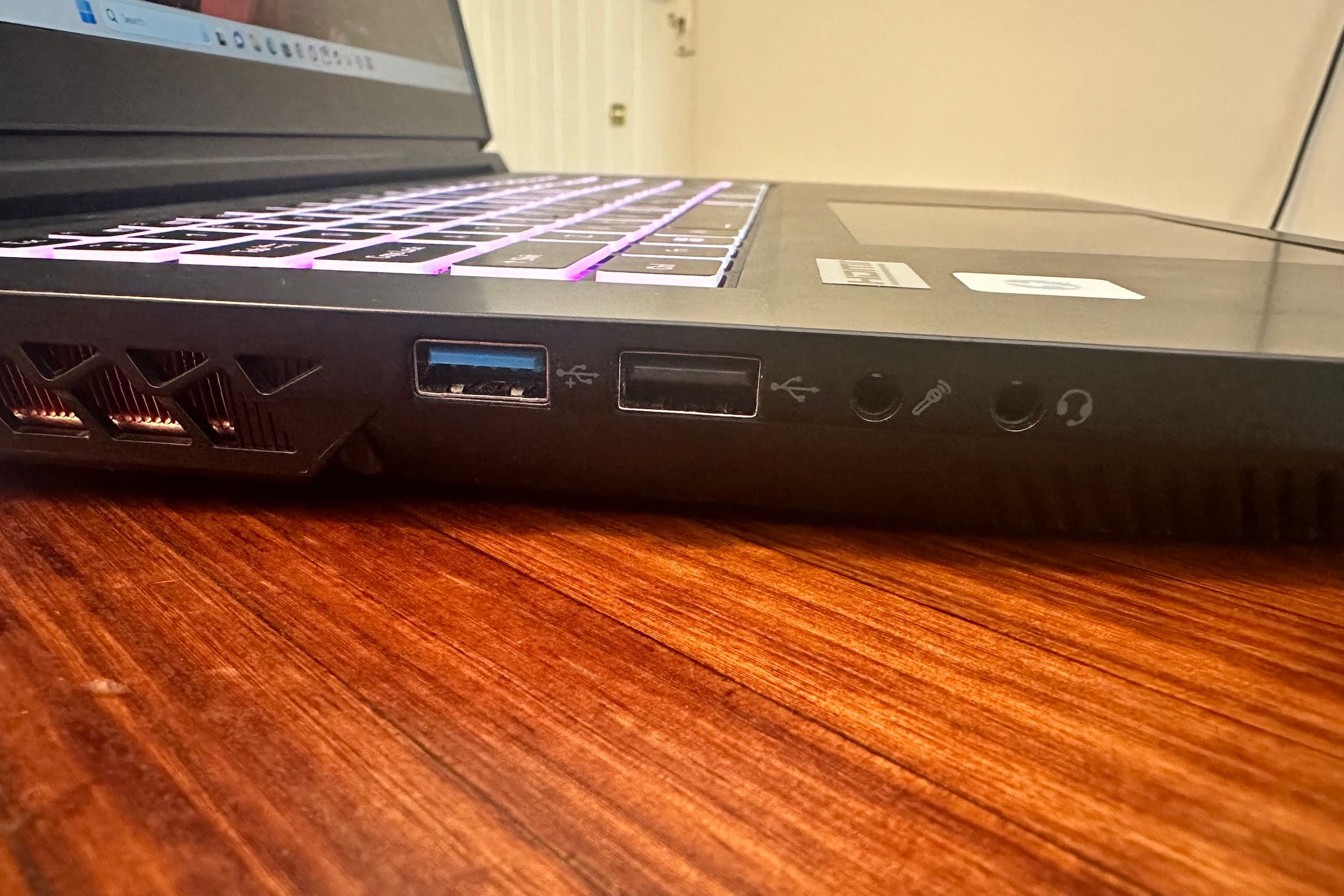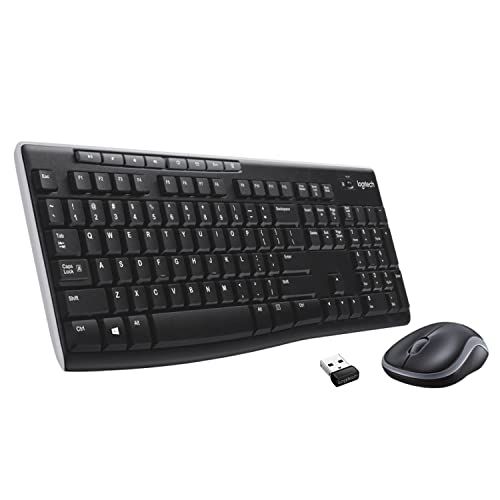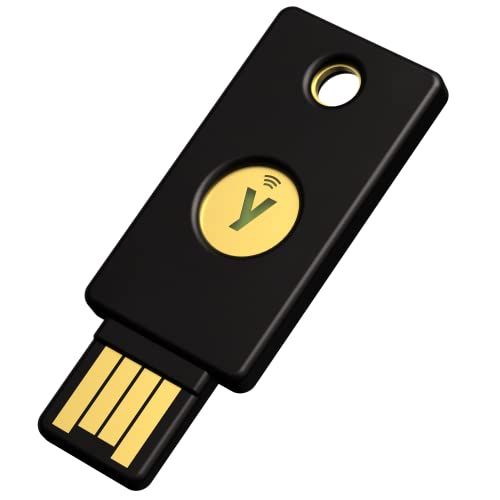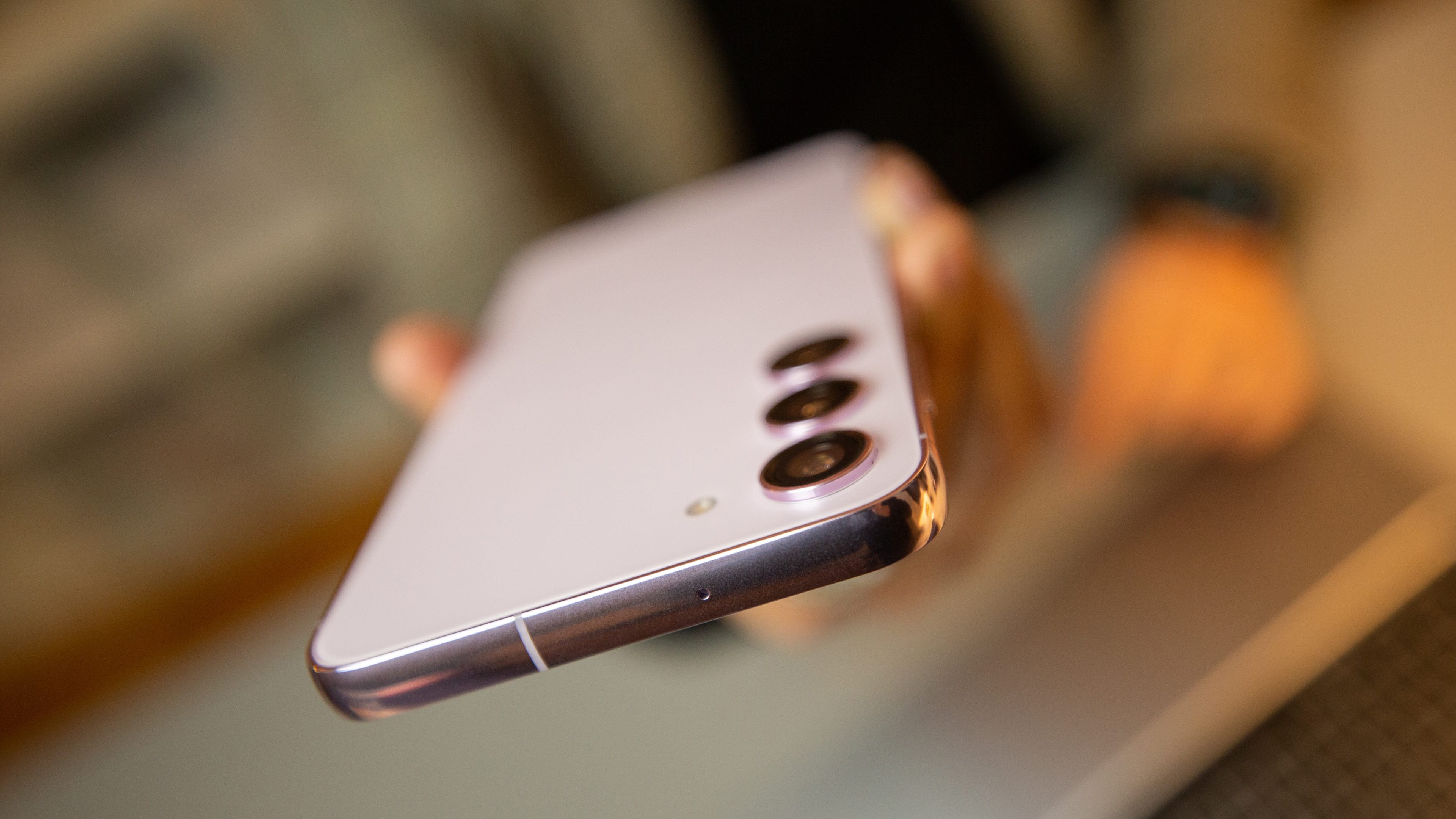
Key Takeaways
- USB 3.0 may not always be compatible with older devices, making USB 2.0 a necessary fallback port on laptops.
- Basic peripherals like keyboards and mice don’t require the high speeds of USB 3.0, making USB 2.0 sufficient and cost-effective.
- USB 2.0 consumes less power and doesn’t significantly impact a laptop’s total power draw, making it a practical choice for low-draw devices like security keys.
If you’ve bought a non-ultra book laptop, you may have noticed that one of your USB-A ports doesn’t sport the same blue interior color as the rest. That’s because that port uses USB 2.0, a standard released in 2000! But why?
USB 3.0 is Not as Backwards Compatible as You Think
On paper, USB 3.0 in all its iterations is backwards compatible with USB 2.0 and USB 1.1. In practice, it’s not too uncommon to find that some USB 2.0 or older devices just don’t behave correctly or even work at all when plugged into a USB 3.0 or later port.
Not every USB host controller manufacturer seems to get backward compatibility right, so this is one rather good reason to leave at least one USB 2.0 port on a laptop in case there’s ever an old USB 2.0 flash drive or some other old device that’s still in use. You may not be using very many (if any) really old pieces of tech from the USB 2.0 era, but we can assure you there are lots of organizations out there that are on account of how slowly hardware is updated in many companies and schools. Many laptops are designed as much for a corporate and education environment as they are for a home environment.
USB 2.0 Is a Good Fallback Port
USB 2.0 is so old at this point that there’s no modern operating system that doesn’t have native support for it built in. Imagine you’ve just installed a fresh OS, your laptop has no optical drive (though you really should own one), and none of the USB 3.0 ports work because you need to download and install drivers for them.
Ideally, the operating system has some sort of basic driver that will get you by, but there’s no guarantee. That single USB 2.0 port can be a lifesaver for restoring your drivers and system to full functionality.
USB 3.0 Is Wasted on Basic Peripherals
USB 3.0 is very fast but also far more expensive than USB 2.0 to add to a computer. Many peripherals, such as mice, keyboards, and USB audio devices, don’t even need the 480Mbps that USB 2.0 offers, much less the multi-gigabit speeds of USB 3.0. So why add the cost for an additional USB 3.0 port if it is tied up by devices that won’t see any benefit from a USB 3.0 connection?

Logitech MK270 Keyboard and Mouse Combo
Basic peripherals like this Logitech mouse and keyboard combo certainly don’t require USB 3.0 ports.
USB 2.0 is more than sufficient for anything that doesn’t need sustained high-speed data transfer. And for most people, that’s nearly everything they plug into their laptops short of external storage drives or audio/video equipment.
USB 2.0 Is a Low Power Port
USB 2.0 is limited to 500 milliamps of current, whereas standard USB 3.0 uses nearly twice as much. USB-C ports, which are often replacing standard USB 3.0 Type-A ports on modern laptops, can provide up to 15W as standard and even hundreds of watts for ports supporting USB PD (Power Delivery). When you design a laptop, it’s essential to carefully consider the worst-case scenarios for power draw.
With modern USB ports potentially drawing as much power as large components such as GPUs and CPUs, you’re limited when it comes to how many of these ports can be included. In other words, you can add a USB 2.0 port to a laptop without having much effect on the total possible power draw of the system, and use it for low-draw devices like mice and keyboards. In terms of a laptop’s total power budget, the USB 2.0 port is essentially free, whereas if the laptop had multiple USB 3.0 or USB-C ports, the manufacturer would have to back that up, so to speak, with additional hardware and battery capacity.
USB Security Keys
While some particularly security-savvy home users might use a physical USB security key at home, the bulk of the users are in organizations that demand that level of security. USB Hardware security keys offer strong physical security. If the key isn’t present in a USB port, then you can’t access encrypted disk contents or network resources. The security key needs virtually no bandwidth to function—it just offers a string of characters as your credentials. But the key will still tie up a USB port permanently on the laptop, so why not give it a cheap, slow, low-powered one to use?

YubiKey 5 NFC USB-A
YubiKey security keys are a simple way to significantly increase your online security—and make good use of that lonely USB 2.0 port.
These reasons alone more than justify the presence of USB 2.0 ports on even the latest laptops, but there are likely even more fringe reasons that compound into a solid case for their inclusion in modern computers. This means you’ll probably still see them on laptops (and desktops) for years to come as their inclusion is cheap and offers connectivity for low-bandwidth and older devices.






